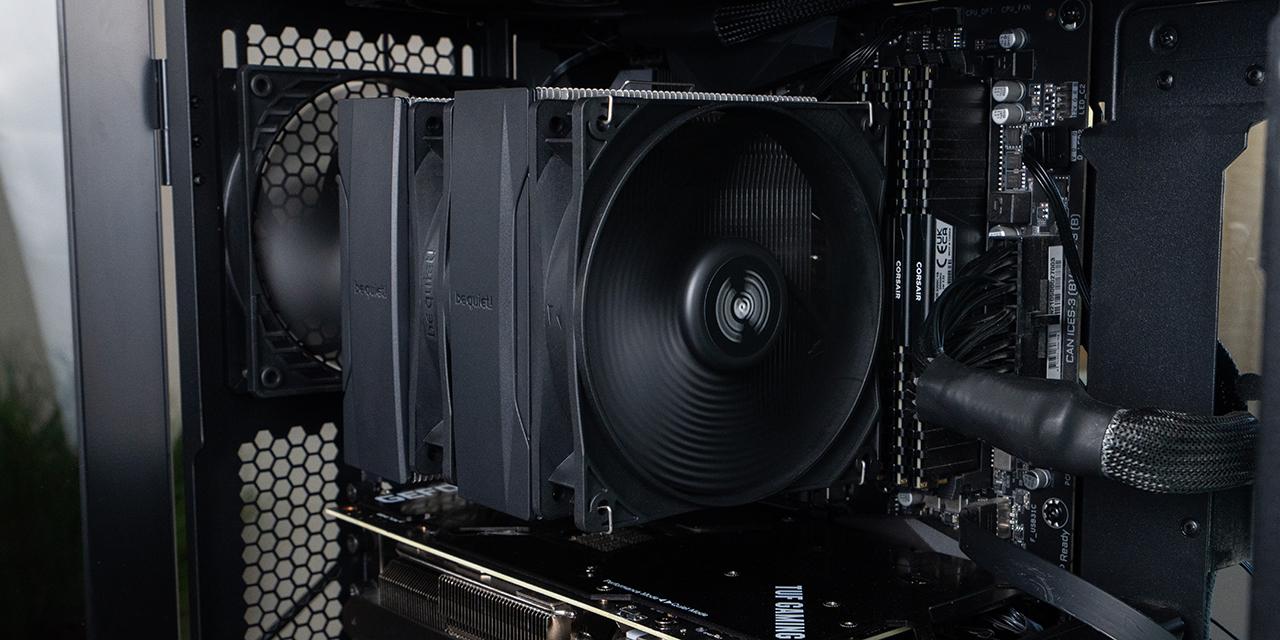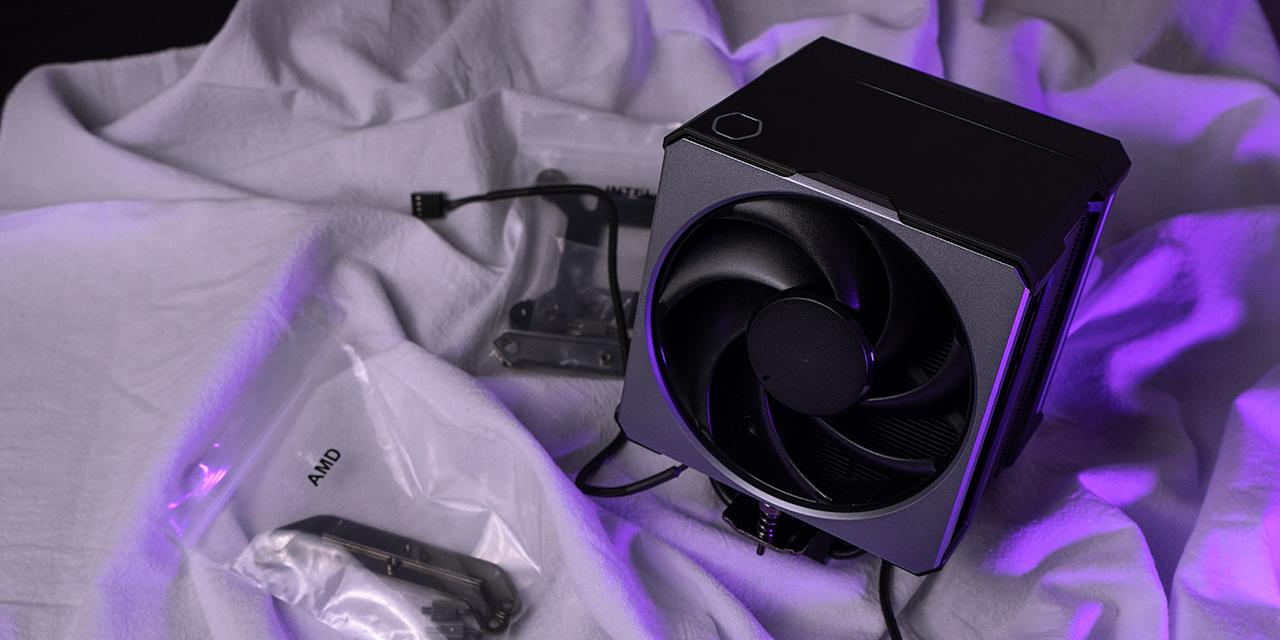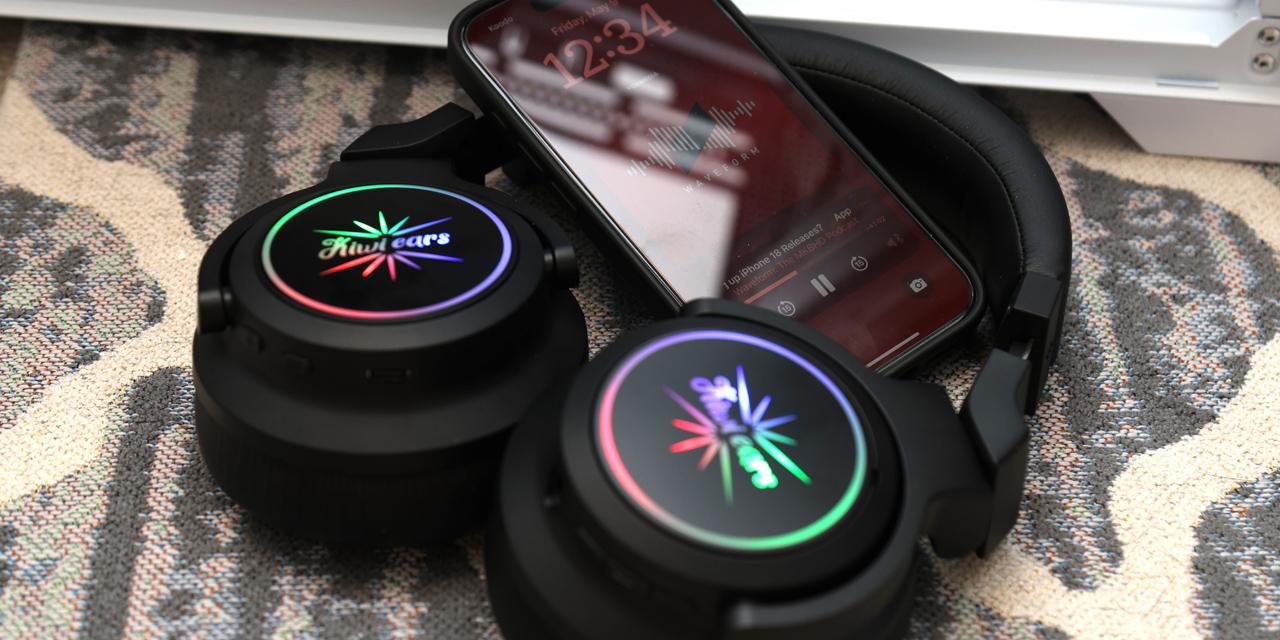Page 2 - Physical Look - Outside

Out of the box, the Thermaltake CTE E600 MX goes back to a very boxy exterior. This includes its hard corners on all sides and edges. As shown, we have the Hydrangea Blue edition, matching the SWAFAN EX14 ARGB Sync fans I reviewed a couple of weeks ago. The case also comes in black and white versions, but I really like this blue color. Regardless, this squared off design is pretty typical with its front mesh panes and a big window to see the internals. That being said, if you swap out the front panel to the tempered glass, it exposes two angles to view everything inside. It is not an original concept, as we have seen this more recently in other cases, but I can understand the visual appeal.
In terms of dimensions, the Thermaltake CTE E600 MX is 558.5mm tall, 270mm wide, and 513mm long. The enclosure is also quite hefty at 16kg. This is reasonable considering the materials used. This includes two tempered glass panels as well as a notable amount of steel. Overall, the out of the box design is pretty standard, but it definitely looks better when you add the front tempered glass panel, as you will see later on in the review.
In its default configuration, we have a mesh front panel with lines of slits to allow for air to flow through. Behind this is a mesh filter to prevent dust and other debris from flowing through. This full blue panel is finished off with a Thermaltake logo at the bottom with a large '25'. As I have mentioned in the SWAFAN EX14 ARGB Sync review, Thermaltake is celebrating their 25th year of operation. This steel front does not extend all the way on the front, as part of this area is made up of the backside steel. Around the side, we have a tempered glass panel for clear sight lines into your system.

All of the user accessible I/O on the Thermaltake CTE E600 MX can be found on the top of the case. This column of jacks and buttons starts with a large trapezoid power button. There is a clear slit on the side that lights up white when your system is powered on. Next, we have a drive activity light that flashes during primary drive activity. Above, we have two USB 3.1 Type-A ports and one USB 3.2 Gen 2 Type-C port. Moving further, we have 3.5mm audio jacks for headphones and microphone. Finally, we have a small, slightly recessed circle reset button. Moving away from the I/O, you can see the top ventilation area, again with rows of offset slits and a mesh filter underneath.

Taking a look at the flip side, you will see a solid steel panel with a pair of ventilation areas. This ensures air can flow in and out of the case when you mount fans or radiators here. At the back, despite having a full column of slits, the only component that requires ventilation is the power supply. The power supply is mounted at the bottom side with a large opening for ATX-sized PSUs. Above this, we have a pass-through hole with a rubber grommet around it. At the very top, we have another rectangular hole. These are used to get access to your motherboard back I/O for your peripherals, but we will explore these later in our internal inspection. Down the middle, there are several cable hook points where you can organize the cables leading out. Finally, we have a large plastic panel that holds yet another mesh filter for the back ventilation area. With all the perforations visible from the outside, it is evident that this case prioritizes unrestricted airflow for users.

Finally, at the bottom of the Thermaltake CTE E600 MX, we have a set of four feet with rubber pads in each of the corners. The entire case is raised up by two plastic legs, while the rubber pads reduce vibrations between the case and the surface it sits upon. The legs raise the rest of the case and create a gap of 3.6cm, which is quite a bit of space to allow for intake here. Otherwise, you can see a large plastic mesh filter that covers the bottom. This lets users easily access the filter from the side of the case for faster cleaning.
Page Index
1. Introduction, Packaging, Specifications
2. Physical Look - Outside
3. Physical Look - Inside
4. Installation and Conclusion





